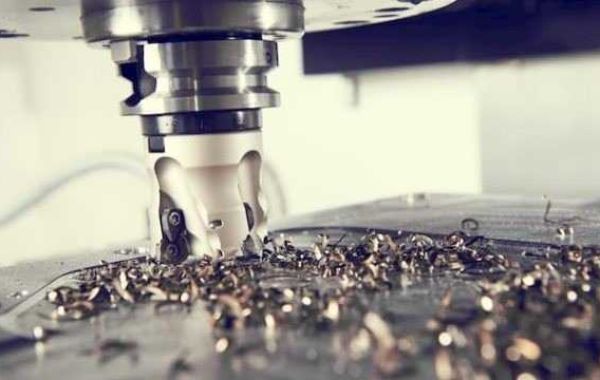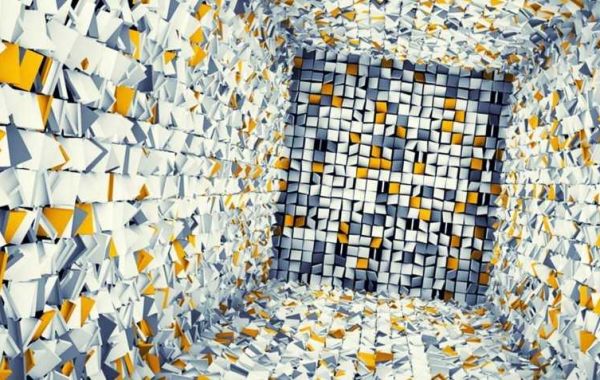When it comes to machining brass and copper parts, CNC milling has many benefits, but there are also specific challenges that must be carefully considered to guarantee successful production. Here are some of the key challenges associated with CNC milling brass and copper:
- Softness and Ductility: The relative softness and ductility of brass and copper can present several machining challenges. Their softness makes them prone to deformation and burr formation, especially when cutting at high speeds. Furthermore, gummy buildup can occur on cutting tools due to their ductility, which further reduces tool life and surface finish.
- Heat Generation and Thermal Conductivity: Due to their high heat conductivity, brass and copper can generate heat when being machined. The properties of the material and dimensional accuracy may be impacted by tool wear, thermal expansion of the workpiece, and possibly annealing of the material as a result of this heat generation.
- Chip Control and Entanglement: It is challenging to manage chips during machining because copper and brass are ductile and soft materials. Long, stringy chips that get tangled in the cutting tool and workpiece can cause chatter, vibration, and even harm.
- Surface Finish and Tool Wear:A uniformly smooth surface finish is difficult to achieve on copper and brass parts due to their susceptibility to burrs and deformation. High feed rates or cutting speeds can also accelerate tool wear because these materials are soft.
- Tool Selection and Material Compatibility: To optimize copper and brass CNC milling, the appropriate cutting tool geometry and material selection are critical. The hardness and wear resistance of carbide tools are typically the deciding factors in their selection; however, the geometry and coating of the tool must be customized to the particular material and machining parameters.
- Fixturing and Workpiece Stability: Careful workpiece stability and fixturing are necessary to maintain dimensional accuracy and minimize vibration when CNC milling brass and copper parts. These materials chatter and distort more easily if clamped incorrectly because they are ductile and soft.
- Coolant Selection and Application: To avoid heat generation and thermal effects, efficient cooling is essential when CNC milling copper and brass. The machine tool's capabilities, the cutting parameters, and the particular material all influence the type and rate of coolant.
- Post-Processing and Finishing: CNC milling brass and copper parts may require post-processing or finishing operations to ensure their functional qualities, dimensional tolerances, and surface finish, depending on the particular application and its specifications.
Manufacturers can produce high-quality parts with exact dimensions, perfect surface finishes, and the required material properties by comprehending and resolving these issues and optimizing the CNC milling process for brass and copper parts.








